The 10th Automatics conference organized by TU-Sofia was during last weekend in Sozopol, a coastal town by the Black Sea. I left the Fulbright orientation in Sofia early and went to Sozopol to catch the latter part of the conference.
Due to COVID, this conference had turned hybrid, with about one third of the attendees choosing to listen in, but the sessions that I attended all had someone presenting in person, while we opened the window and door to allow ventilation and people all sat apart. In the past year and a half, conferences had to adapt.
- The in-person conferences have mostly been a distant memory, while this conference at Sozopol brought us back the joy to get to know what others are doing in person and just to chat with colleagues face to face.
- The virtual conferences sounded convenient, but the biggest challenge was the time-difference. Unless one is at the venue physically to be reminded of the local time constantly, it is really hard for one to adjust their daily time routine to fit a conference that happens in a drastically different time zone. A regional conference might be suitable to go virtual, while an international virtual conference is destined to be quite challenging for some participants.
- The hybrid format sounded to be a good trade-off, but it was hard to manage as an organizer. One can pay attention to one modality fully, be it in-person or online, but tending two modalities at the same time is more than twice as hard, such as this conference at Sozopol. The TU-Sofia colleagues have been amazing to pull it through.
During the conference, I got to meet colleagues from other branches of TU-Sofia, such as the Tech Park (to transfer research and technology to business), and the TU-Sofia branch at Plovdiv (which is separate and different from TU-Plovdiv, as TU-Sofia branch at Plovdiv offers a subset of the same programs at Sofia, while TU-Plovdiv offers their own programs). There were several talks on robotics, power and data processing, artificial intelligence using neural networks, etc. that I was happy to see synergy with.
This Automatics conference was relatively small with participants mostly from TU-Sofia, but some of them would stay to attend the next Mechatronics Conference that is much bigger with international participants in the same hotel. The timing of both conferences worked out really well for them.
At the dinner organized by the Automatics conference, we got to chat more. Several authors used Arduino boards in their research projects, and I invited them to demonstrate in my course to draw more interest from the students to see the potential of what we’ll learn. Other colleagues who have not used the Arduino board that much are interested to know more and I plan to make some demos that they can play with. We also set up several visits to a few labs and for me to give a talk, etc. in the future days. Being on campus for a semester makes such deeper connections possible.
After the conference, my family and I went sightseeing for two more days. The weather had been colder and windier during those two days than usual and with some drizzles, but it also meant smaller crowds. There are so many historical towns along the coast of Black Sea, like beads strung on a necklace: some are bigger, and some are smaller, but all are shiny and intriguing. The towns around the central coast line are marked in the map below.
Sozopol is about half an hour drive (the bus would take an hour) away from Burgas (the fourth largest city in Bulgaria, after Sofia, Plovdiv and Varna), and it takes another half an hour drive from Burgas to Nessebar. The colleagues here also recommended us to walk around Chernomoters and Pomorie, which are in between these towns and the buses make a stop stop there, too, but we just didn’t have enough time this time. With many people’s help along the way, we figured out the bus system and the trip turned out well.
- For long-distance buses such as between Sofia and Sozopol or other coastal towns, we’d need to buy the tickets in advance (in office or online), and all the tickets are with assigned seats. No one checked our tickets even once, as whoever on the bus should have a seat that no one else is contesting with. It would have been easier to catch a bus at its starting station, but on our way back, Sozopol was not the starting station. The ticket selling staff in Sofia wrote down the name of the street corner in Bulgarian that we should be waiting for the bus, and we asked someone else in Sozopol who told us exactly where that location was on Google Maps, so that we could get there easily.
- For short-distance buses between Sozopol and Burgas, or between Burgas and Nessebar, we buy tickets after we get on the buses, and there are plenty of seats available. The English website of the bus companies had listed some time-tables, but not necessarily all the stations they’d stop, especially those small stops in the city. Some local people could tell that we were unsure and some would kindly lead us onto some local bus to get to the next station we’d need to be. The local buses also allow people to buy tickets on the bus.
- Sometimes when we were looking for a bus, we’d check the destination card on the dashboard of a bus (it might take us a while as we were not that familiar with some names in Bulgarian yet), and some drivers would slow down or even wait for one more traffic light cycle to allow us that time to decide if we’d like to get on. If it was not the right bus for us, we’d have to say sorry, but they didn’t mind at all.
- The taxi is a complement to the bus system, at affordable rates, during the after-hours.
Our impression of Sozopol was that it packed everything within such a walkable distance impressively: 7000 years of history as shown in the archeological sites (the newly discovered one beside the St Nicolas’ Church a few years ago used to have a pebble road top like any other regular street, and one can’t help wondering how many more mysteries might be just hidden somewhere for now) and ruins of fortresses (facing the rocky shore very aptly), very smooth sand beaches as well as amazing rock fronts, grand and tiny churches spread around the old town (all serving the community and visitors), many kinds of tasty fish (mostly fried and grilled and the taste difference is purely from the different kinds of fish in use) with some fish only available in the Black Sea, and an abundance of fruits along the roadside, especially figs in this season that bring a sweet aroma around the town. Even at the entrance of a grocery store, there was an exhibit of golden leaves and pottery from thousands of years ago. I don’t yet know any other town that boasts its history so boldly and yet kind of indifferently.
In Burgas, we walked around the tourist regions and along the seashore, but on buses we could see many industry facilities around the town, too. It would be nice to visit it again on some industrial tours. The town center was very nice to walk in, the museums there were not humongous but very representative, and very informative for us. The sand sculptures were kept from the annual competition till next year’s competition (or for almost a year). It rained heavily the night before our visit, but these sand sculptures held up pretty well.
Nessebar looked like a delightful town for vacation based on our experiences during our very short stay there, yet we only had time to rush in and rush out to see the ruins of the Church of Saint Sophia, another UNESCO World Heritage Site. The church must have been really great at its heyday as even its ruins had already brought us so much awe. A town would not exist with only one building, and the cluster of the ruins across the town was equally amazing.
It is the harvest season, with so many kinds of fruits right on the road side that we could easily see, such as figs, grapes, pomegranate, olives, dates, apples, and some that we don’t know what. I can only imagine how abundant the farms will be. No matter where the plants are rooted, on the sand dunes, on the slopes, in a garden, or in a pot, they are all in full bloom.
On our way back to Sofia, we saw truckloads of fresh grades on some trucks passing by us, fields after fields of black soil beside the highway, wind turbines on some nearby hills, and flocks of cows and/or goats or sheep grazing the green land. Bulgaria is blessed with abundant natural resources very worthy of celebration. Perhaps that’s why everyone Bulgarian knows how to dance. At the official dinner of the conference at the restaurant, the organizer colleague was so kind to put me at the best spot to enjoy the program at the courtyard by the professional dancers. There are roughly seven folk-dance regions in Bulgaria where people would dance with their unique steps although the music might sound similar among the regions. After the program was concluded, the dancers led the line in the counter-clockwise direction for whoever wanted to join the dance. I learned the simplest Horo dance steps at the Fulbright orientation program and got to use it at the conference right away. Some colleagues could move so expressively that they made such simple dance appeared professional. As they said, “it doesn’t matter how well you dance, and there’s no need to worry about the steps, either, just enjoy!”
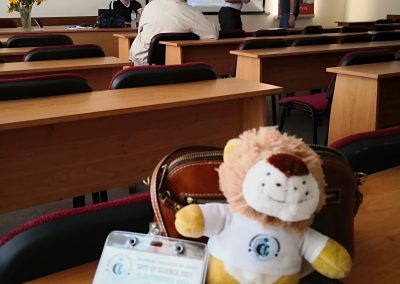
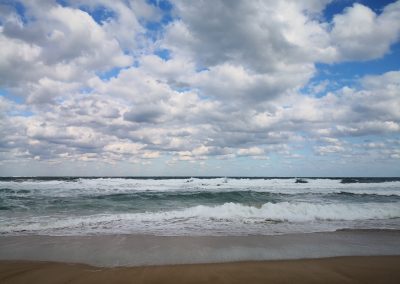
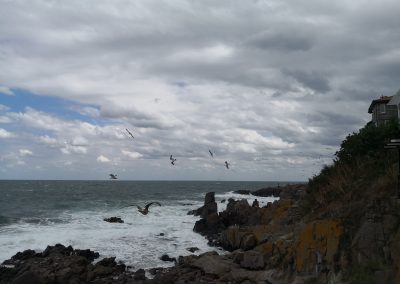

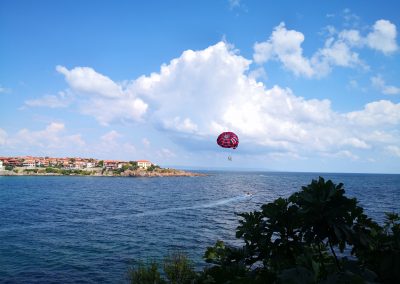
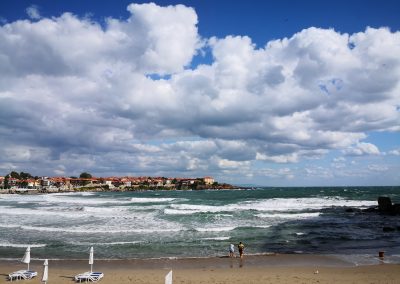
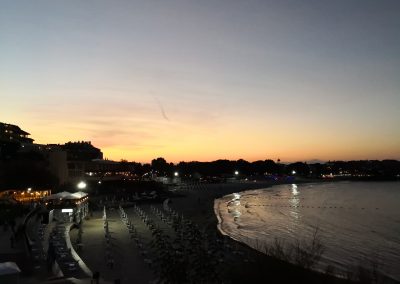

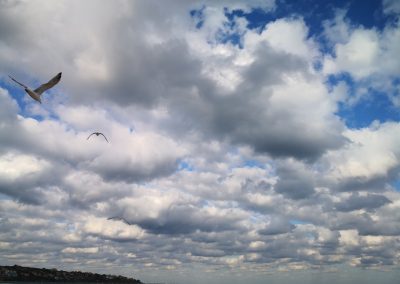

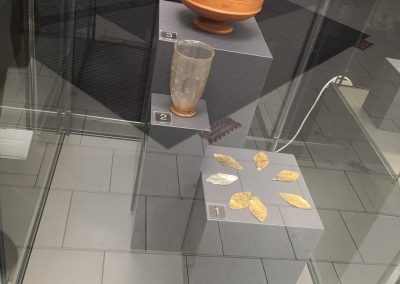
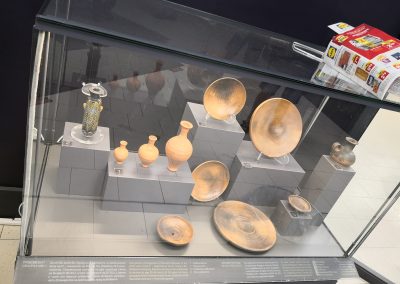
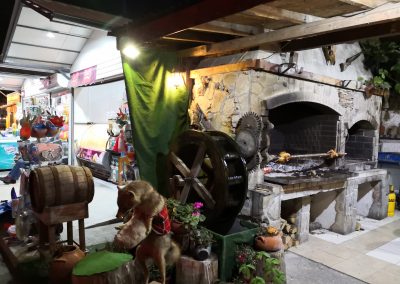
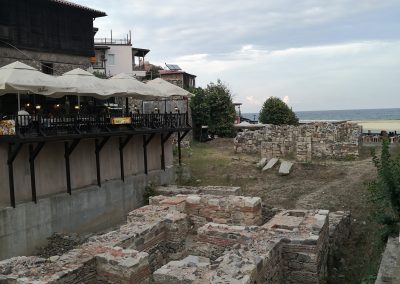
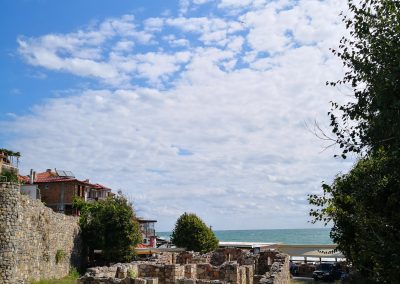
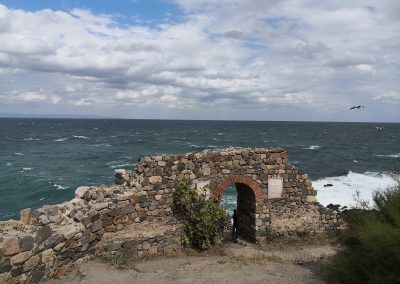
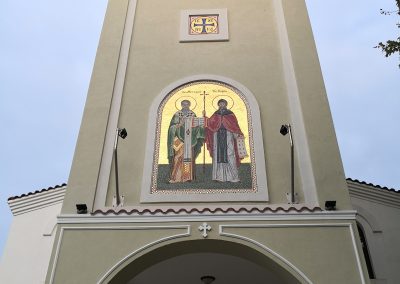
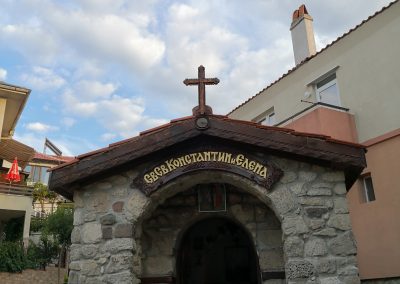
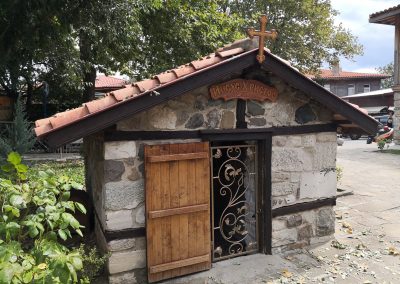


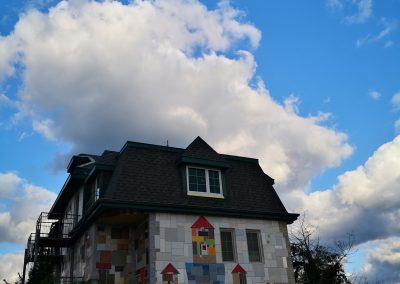
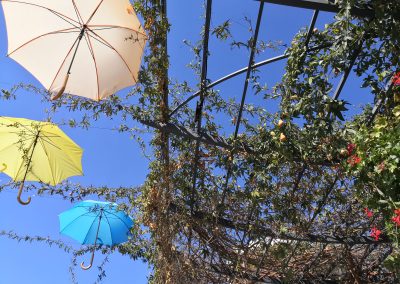
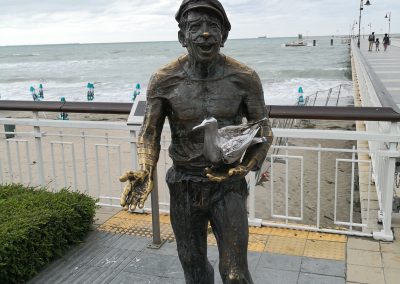


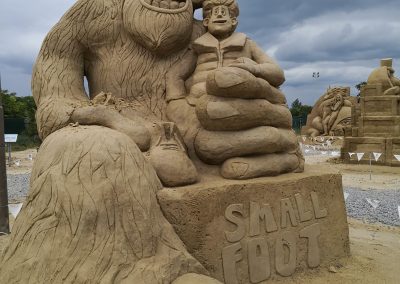
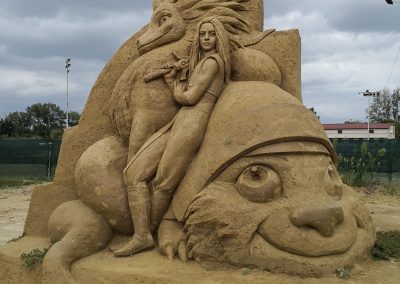
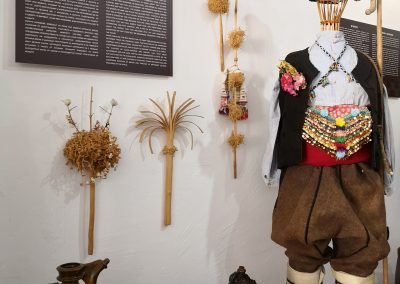
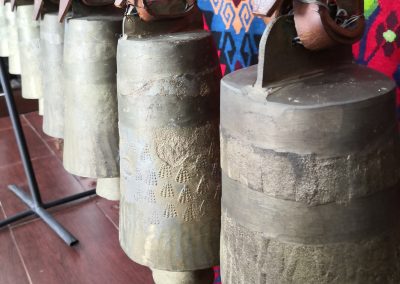
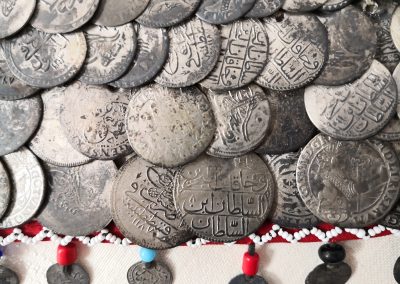

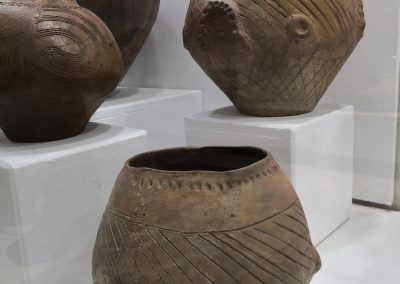

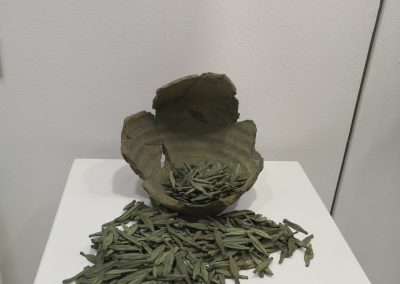
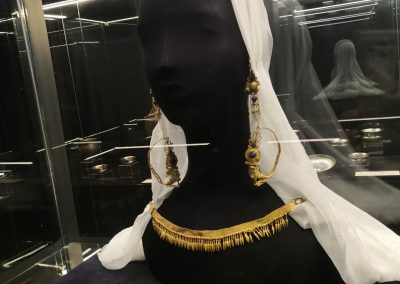

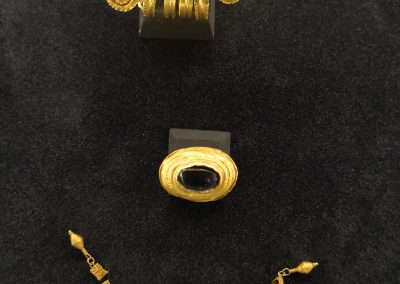
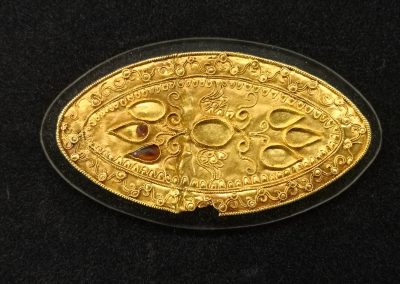

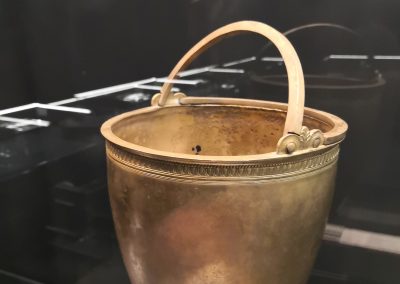
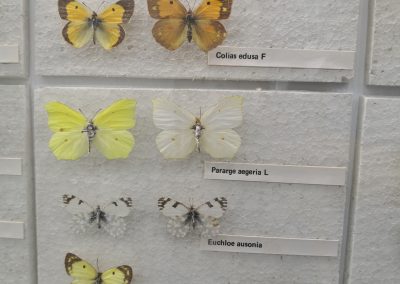
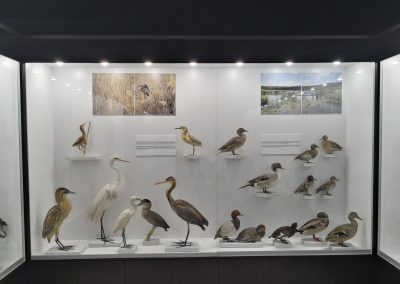

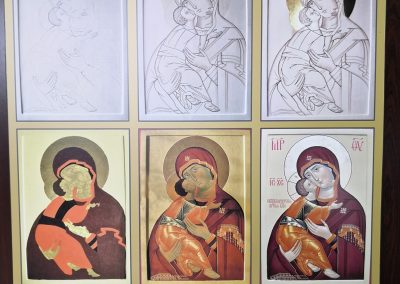

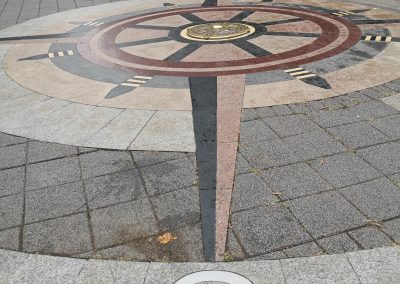

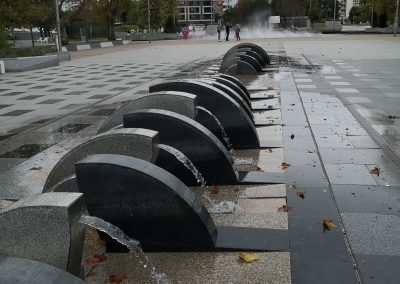


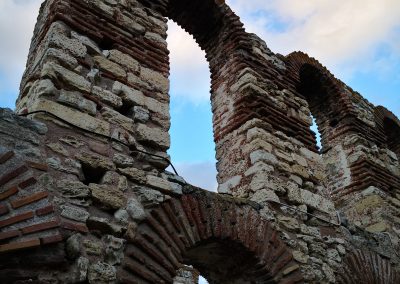

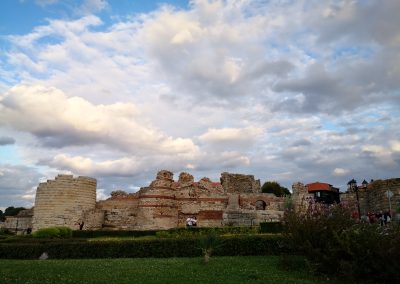
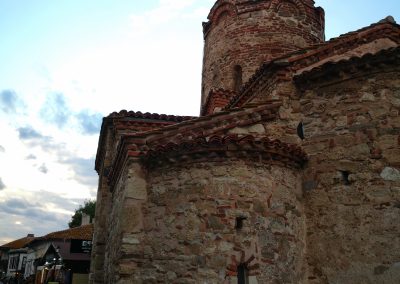

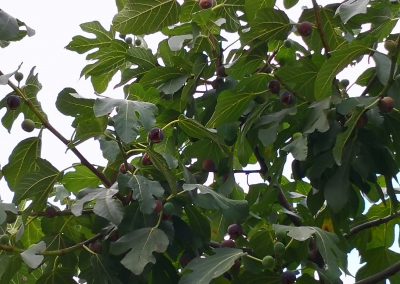
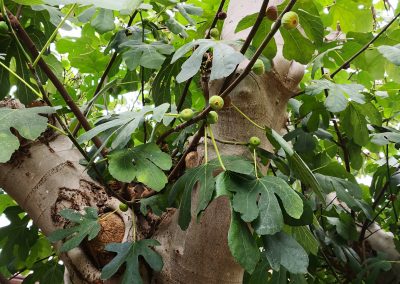
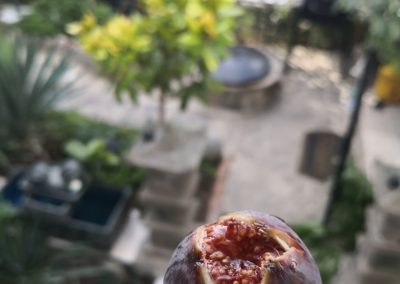

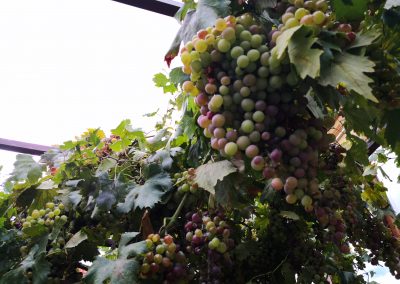

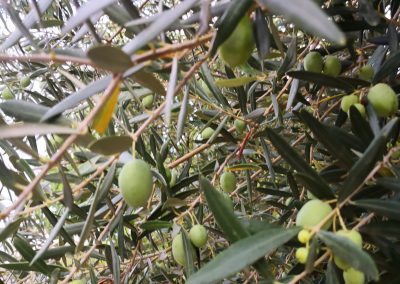

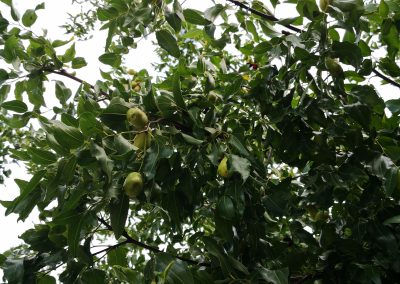
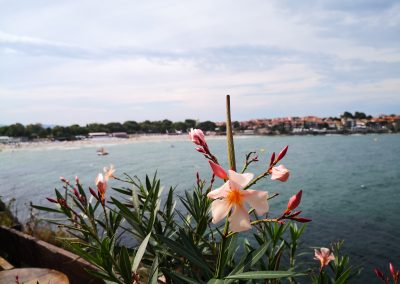

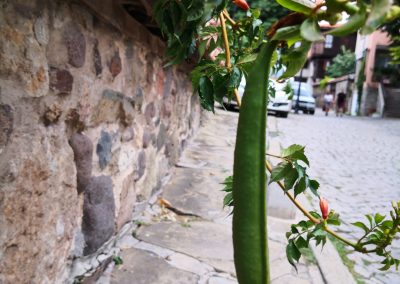
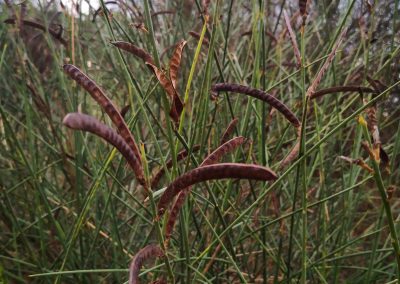
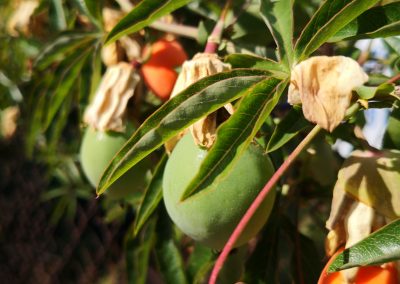

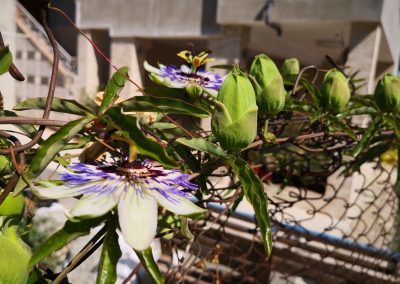
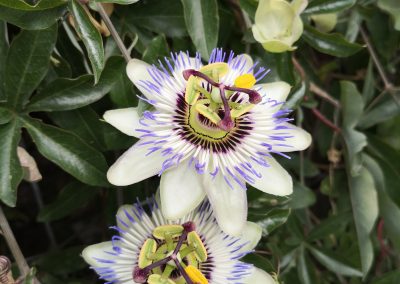

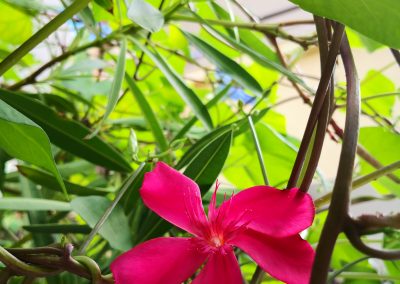
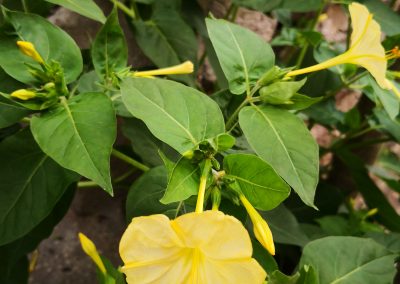


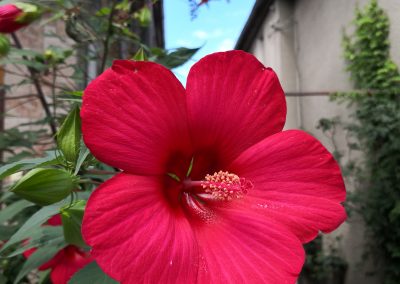


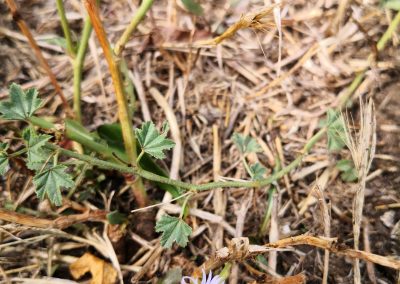
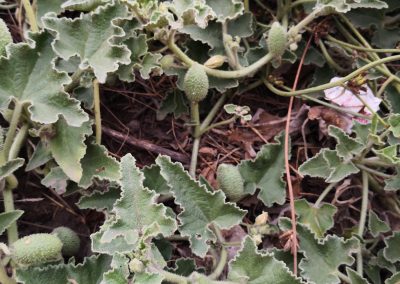

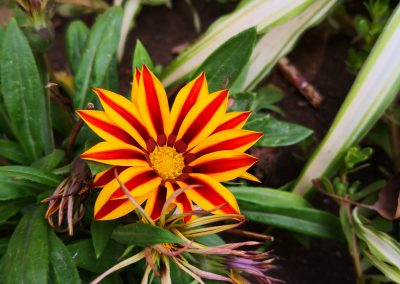
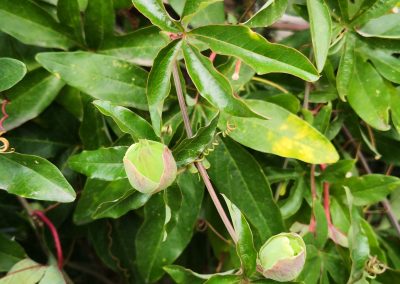

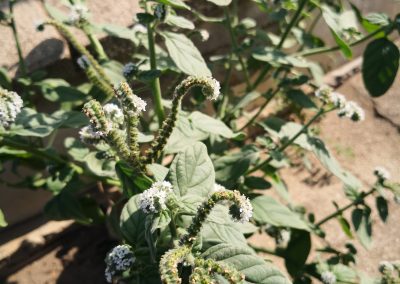

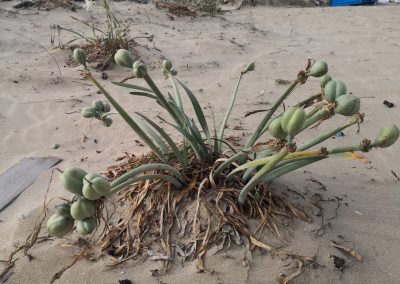
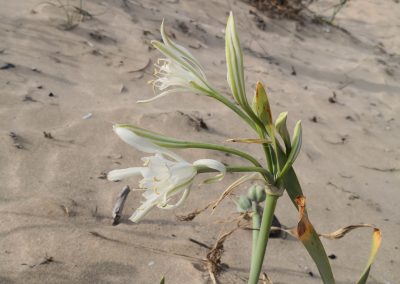
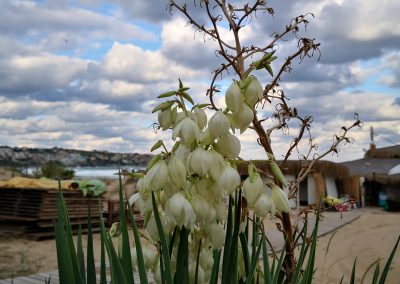
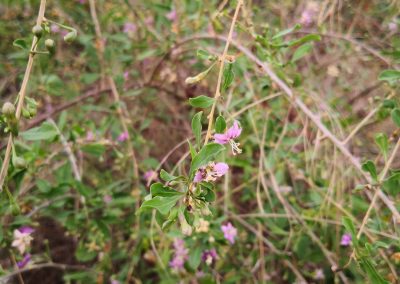
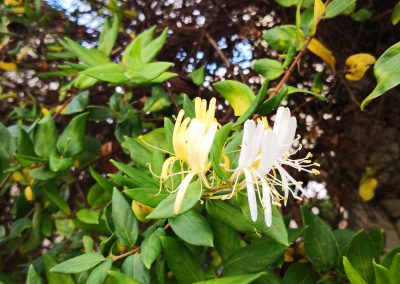
Hi! Would you mind if I share your blog with my
twitter group? There’s a lot of people that I think would really enjoy your content.
Please let me know. Cheers
Thanks for your interest, and I don’t mind your forwarding the link of my site. Please always cite this source and I’d also like to know the link of your group. We may go visit Burgas, Sozopol and Necessbar area again, and we’d love to know more about this area.